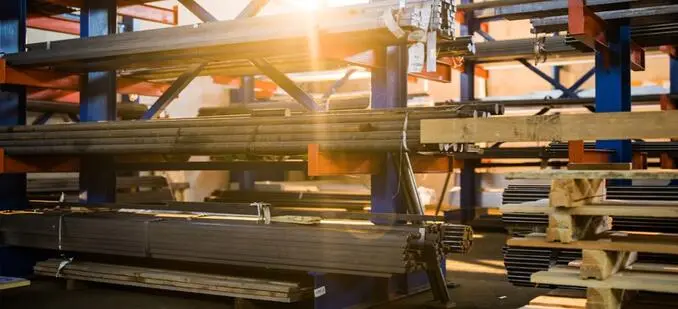Tax leaders can expect to hear more about ERP upgrades and cloud migration from their CFOs during the next 12 to 18 months. ERP providers have informed their customers that legacy, on-premises offerings will no longer be supported by ongoing maintenance and security patches beyond a certain date.
These dates – 2027, in SAP’s case – are fast approaching. Tax leaders should also note that non-ERP software vendors with legacy offerings are announcing similar “end-of-service” dates. This has implications for tax groups, including those in smaller and mid-sized companies. Tax groups with on-premises tax automation should consider taking a proactive approach to planning their own cloud migration, whether those upgrades are part and parcel of a larger ERP/finance transformation or proceed in a stand-alone manner. (Both approaches are available to Vertex customers, by the way.)
In either instance, tax leaders will need to state their case for migrating tax automation to the cloud. Technology modernization, which is also referred to as software modernization, features prominently in these business cases. “When done right, software modernization becomes a business growth strategy,” according to a West Monroe article. “The right technology foundation enables companies to scale, reduce costs, and deliver better experiences. The impact goes beyond technology—it’s about building a business that’s ready for what’s next.”
Put another way, software modernization helps get your tax compliance and planning capabilities “future ready” – whether that means responding to ongoing rules and rates volatility, satisfying new e-invoicing compliance requirements, or integrating advanced technologies, like generative AI, into your tax technology stack.
The West Monroe guidance is geared toward IT groups, which are, of course, a key tax partner when it comes to upgrading tax automation. Although many IT teams are eager to modernize enterprise applications, several obstacles often delay cloud migrations and related system transformations. These include insufficient documentation of legacy systems, misalignment between IT and business functions, concerns about the scale and cost of migration efforts, a shortage of professionals skilled in both legacy and modern technologies, and the absence of clear, actionable technology roadmaps.
Tax leaders should recognize these impediments when they exist, discuss them with their IT partners and, to the extent possible, find workable solutions. As my colleague, Vertex Vice President and Chief Tax Officer Michael Bernard has noted, not all corporate tax groups have a current tax-technology roadmap. Creating, and continually updating that plan, helps tax groups prioritize technology investment requests while giving their IT colleagues greater planning visibility.
Disclaimer
Please remember that the Vertex blog provides information for educational purposes, not specific tax or legal advice. Always consult a qualified tax or legal advisor before taking any action based on this information. The views and opinions expressed in the Vertex blog are those of the authors and do not necessarily reflect the official policy, position, or opinion of Vertex Inc.


